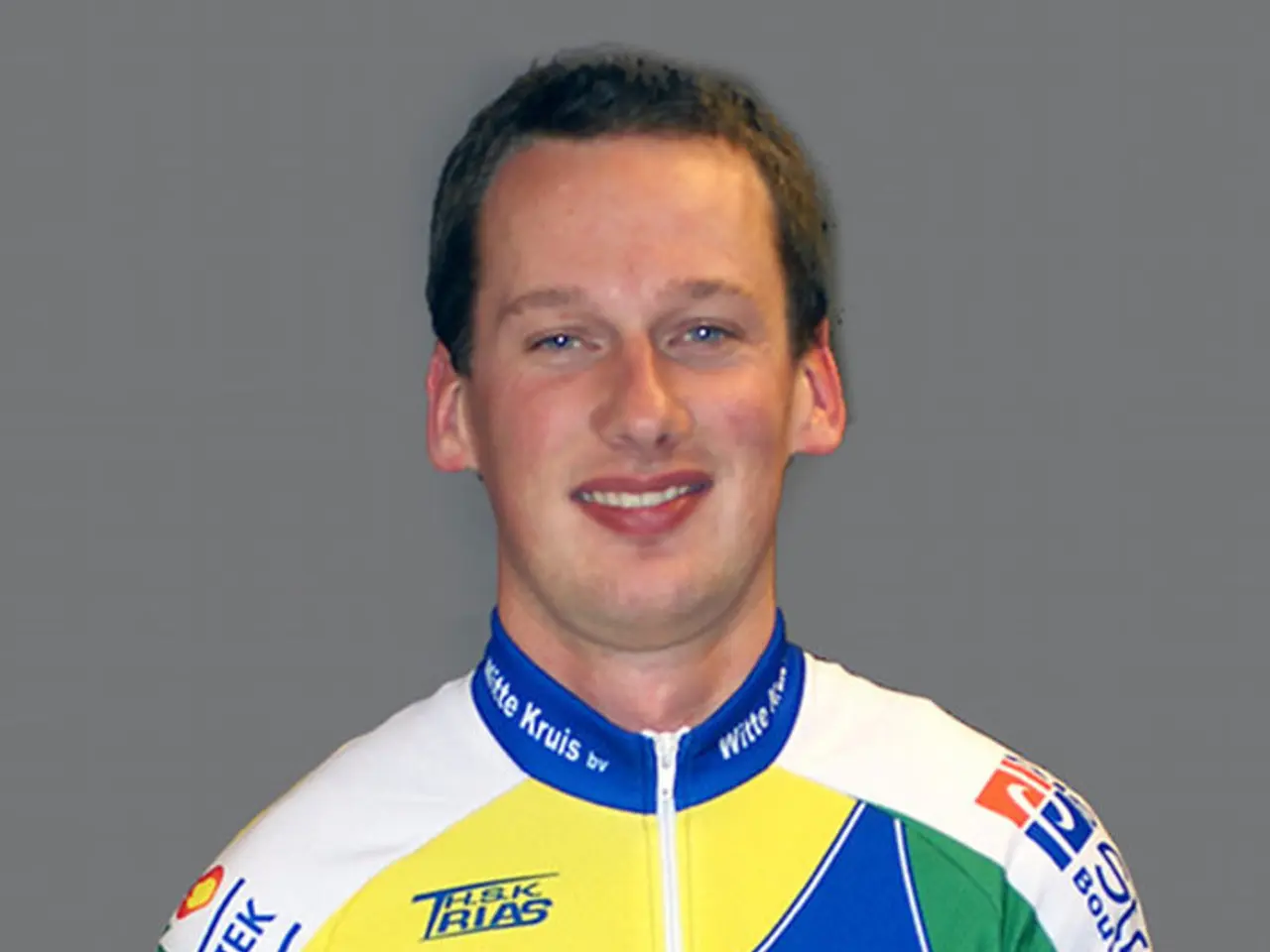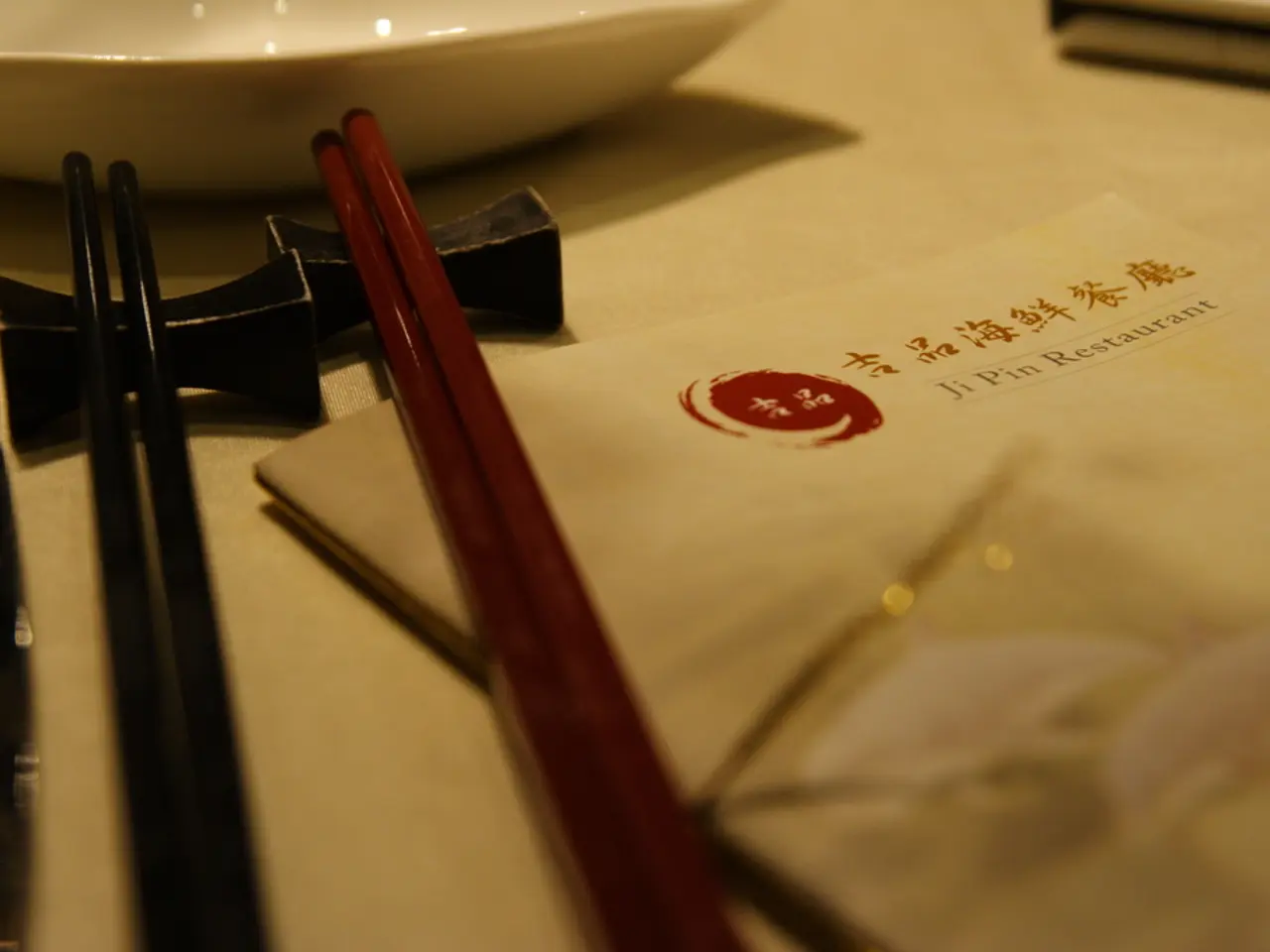Struggling Finances for Sportswear Company Puma Illustrated
In the competitive world of global sportswear, Puma is currently trailing behind its main rival, Adidas. The German sportswear giant is grappling with a series of issues that have led to a decline in its business performance, particularly in the apparel segment.
The situation has become more critical for Puma, with the company's business development in key markets such as North America, Europe, and Greater China weaker than expected. This has resulted in a projected sales decline of over 10% for the full year.
The new CEO of Puma, Arthur Hoeld, who took over in July 2025, is facing a significant challenge as the company's revenues have decreased significantly in the first half of the year. Hoeld characterizes 2025 as a “reset” year and 2026 as a “transition” phase, indicating a major strategic overhaul is underway.
One of the critical issues is Puma's heavy reliance on the North American market, where sales declined 9.1% in 2025. The company is also grappling with inventory mismanagement and structural costs exacerbated by U.S. tariffs, which have led to a negative gross profit impact estimated at around €80 million in 2025.
To counter these challenges, Hoeld is pushing product innovation and lifestyle repositioning. This includes the $400 million Go Wild marketing campaign targeting Gen Z and millennials, collaborations with Ferrari, Mercedes-AMG Petronas, and K-pop star Rosé. However, these efforts have not yet been sufficient to offset broader financial pressures.
Hoeld’s strategic approach also involves cost-cutting measures to improve profitability, but these carry risks such as potentially alienating retail partners and cannibalizing Puma’s core performance market. The company has lowered its capital expenditure plans from €300 million to €250 million for 2025, raising concerns about sustaining long-term innovation capacity amid financial constraints.
The impact of U.S. tariffs is directly significant, estimated to cost around €80 million in gross profit in 2025, contributing heavily to the expected double-digit sales decline and EBIT losses this year.
The broader consumer and market context presents mixed signals. While some discretionary spending has increased among young consumers, overall economic uncertainty and sector-wide pressures present a challenging environment. Puma’s struggles contrast with better performance from competitors like Adidas and Nike, underscoring Puma’s unique vulnerabilities.
However, there may be a glimmer of hope for Puma. Björn Gulden, who left Puma and took over at Adidas, initially painted a bleak picture before quickly turning things around. Gulden made a spectacular move to the top of Adidas and played a significant role in the success of retro models during his tenure at Adidas.
The stock market reaction to Puma's profit warning was disastrous, with shares falling by more than 15% by Thursday morning. The company has issued its third profit warning for the year 2025, significantly lowering its targets for the full year. Puma's revenues are expected to decline by a double-digit percentage compared to the previous year, and the company is projected to report a loss by the end of 2025.
Despite these challenges, Hoeld remains optimistic about the future of Puma. Only time will tell if his strategic reset and focus on product innovation and lifestyle repositioning will pay off.
- Puma's CEO, Arthur Hoeld, is planning to address the company's financial challenges by investing in vocational training for employees, as he believes it will lead to product innovation and ultimately boost business performance.
- In an effort to increase revenue, Hoeld is considering investing in the community policy, particularly in the regions where Puma's sales are declining, such as North America and Greater China, in the hopes of boosting market presence.
- To ensure long-term financial sustainability, Puma is reducing its spending on vocational training and capital expenditure, focusing instead on cost-cutting measures and strategic partnerships, such as collaborations with Ferrari, Mercedes-AMG Petronas, and K-pop star Rosé, to drive business growth.




